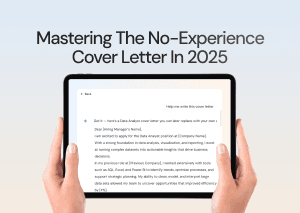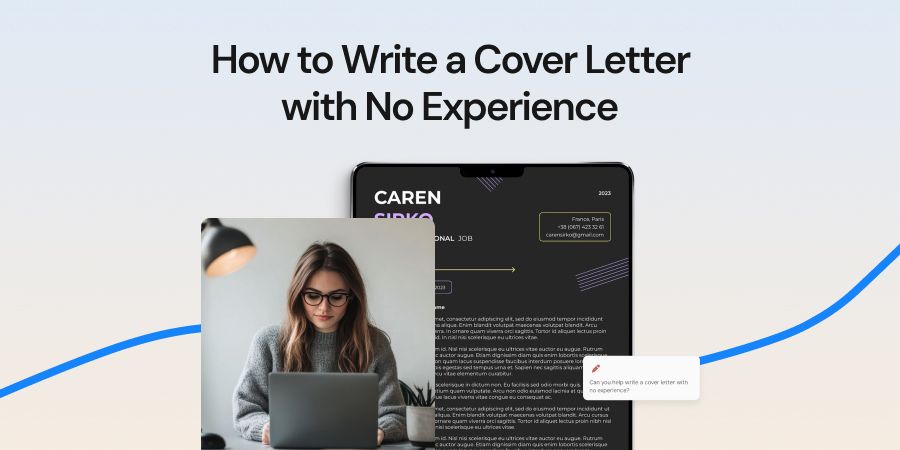
How to Write a Cover Letter with No Experience (Using AI Chat for Guidance and Efficiency)
Most people overestimate how much “experience” matters on paper. Employers don’t hire bullet points, they hire potential and individuals that have the will to grow.
A hiring manager isn’t sitting there with a checklist thinking, No internship? Into the bin. What they’re actually looking for is whether you can think clearly, communicate well, and fit into the culture without being a liability. That’s it.
If you have no experience, the worst thing you can do is try to hide it or apologize for it in your cover letter. A cover letter is not about begging for a chance. It’s about showing up with absolute conviction with a notion that you understand the role, have transferable skills, and are motivated enough to deliver results.
This is why a well-written cover letter matters more when your resume is thin. It’s your narrative weapon. It lets you connect dots between who you are and what they need. A fresh graduate with a killer opening paragraph will beat a half-interested “experienced” applicant every single time. Same goes for a career changer who can frame their past in the language of the new industry.
And here’s where AI chat tools like Chatly earn their keep, not by writing for you, but by helping you see what’s already in your arsenal. They help you articulate it in a way that’s professional, structured, and aligned with what employers actually scan for. You don’t lose your voice, you sharpen it instead.
How AI Chat Can Help You Write a Cover Letter with No Experience
If you’re thinking AI chat means “let the bot spit out something generic,” you’re already lost.
That’s the rookie move everyone else is making. The real play is using AI as a tactical partner and as a second brain that structures your thinking, extracts stories from your background, and keeps your writing free of fluff.
Here’s where it changes the game:
1. Mining your hidden experience
You might not have a job history, but you do have experiences that can be reframed into professional skills. Led a group project at university? That’s coordination and leadership. Managed a community page? That’s content strategy and audience engagement. AI can prompt you to think about these in ways you wouldn’t on your own.
2. Translating job descriptions into your language
Every posting is full of loaded keywords. AI chat can break down a listing, highlight critical terms, and suggest ways to weave them naturally into your cover letter. This makes your letter stronger for both ATS scanning and human recruiters. It’s not about keyword stuffing, it’s about keyword strategy and correct positioning.
3. Structuring for impact
Most no-experience cover letters fail because they read like rambling diary entries. AI can give you a solid, mature and bulletproof structure containing opening hook, bridge to transferable skills, relevant achievement story, confident close. This keeps you from sounding desperate or scattershot.
Practical examples with Chatly prompts:
-
Student applicant: “Write a cover letter for a student applying for a retail job, highlighting teamwork and problem-solving from sports or school projects.”
-
Career switcher: “Explain how my decade in hospitality translates into customer success in SaaS.”
-
New industry entrant: “Frame my open-source coding work as professional readiness for a junior developer role.”
Used right, AI chat can stop you from committing the deadliest beginner sins: vague filler phrases (“I believe I’m the perfect fit”), over-emphasizing your lack of experience, or formatting like a Word template from 2005.
The Purpose of a Cover Letter When You Have No Experience
If your resume is short, your cover letter becomes the main event. For a no-experience applicant, this isn’t optional paperwork, rather it’s your one shot to connect the dots between what you do have and what the company needs.
A lot of job seekers misunderstand what a cover letter is. It’s not a formal introduction. It’s not a polite handshake. It’s a narrative bridge. It links your education, personal projects, or volunteer work directly to the employer’s priorities.
It’s your platform to say: Here’s why I’m worth your time and here’s what you’ll get if you bring me in.
When recruiters scan cover letters, they’re not looking for “I’ve always wanted to work for your company” fluff. They’re filtering for three things:
-
Enthusiasm — not in the “rah-rah” sense, but in the clarity of why you want the role and how you’ve thought about it.
-
Cultural fit — your tone, priorities, and values should match the company’s DNA.
-
Communication skills — if you can’t make a simple argument about why you’re a good hire, they’ll assume you can’t write an email to a client either.
The difference between what a cover letter is and what it should do is massive. What it is: a short letter you attach to your resume. What it should do: remove doubt, create curiosity, and get you to the interview stage.
That’s why “what should be included in a cover letter” isn’t a throwaway question — it’s the strategic question that decides whether your application gets read or ignored.
Step-by-Step Process to Write a Cover Letter with No Experience (With AI Chat Assistance)
Let’s strip this process down to what works, with no recycled templates, no corporate jargon for the sake of it. Here’s how to write a good cover letter when you have no formal work experience, using AI chat tools like Chatly as your tactical co-pilot.
Step 1: Research the company and job role
Before you write a word, feed AI the company’s website and job description. Ask it to summarise the company’s mission, values, and tone. This way, your cover letter isn’t just accurate but it also feels like it belongs in their world. If the company’s language is bold and direct, your letter should echo that. If they’re corporate and polished, your writing should reflect it.
Step 2: Build a strong header and greeting
Your name, email, phone number, and city at the top. Then the hiring manager’s name and company details. If you can’t find the hiring manager’s name, ask AI to scan LinkedIn or suggest a professional alternative to “To whom it may concern.” Don’t underestimate this – it is a personal greeting that makes you look prepared.
Step 3: Write an opening that earns attention
Most people start with “I’m writing to apply for…” which is as dead on arrival as it sounds. AI can help you craft a sharper opening that immediately states your interest and connects it to something real such as manager’s interests, the company’s work, an industry shift, or your own relevant background. This is where how to start a cover letter becomes a competitive edge.
Example:
“When I read how [Company] is redefining urban mobility through data-driven solutions, I saw the perfect space to apply my problem-solving skills from engineering competitions even without prior industry experience.”
Step 4: Showcase transferable skills in the body
This is where AI chat earns its keep. Feed it your academic, volunteer, or project history and ask it to frame these experiences in terms of the role’s key requirements. A student organizing a fundraiser can be positioned as project management and stakeholder engagement. A gamer who moderates an online community can be framed as conflict resolution and digital communication.
Step 5: Close with intent and confidence
Don’t fade out with “I look forward to hearing from you.” End with a strong, polite close that reaffirms your enthusiasm and invites a conversation. Ask AI to refine your ending for tone depicting confidence (not arrogance) and hunger.
Example:
Examples of Strong and Weak Cover Letter Openers
If your opening paragraph is weak, nothing else in your cover letter matters. The recruiter has 40 (maybe 400) more applications to get through, and they’re not going to read yours twice to “get what you meant.” You either grab them immediately or you’re forgotten.
Here’s what that difference looks like in real terms:
Weak example 1:
“I am writing to apply for the Marketing Assistant position at your company. I believe I would be a good fit and can contribute to your team.”
Why it fails: This is a placeholder sentence. It could be copied into any job in any industry. There’s no personality, no proof, and no connection to the company’s actual work.
Stronger rewrite with AI Chat guidance:
“From coordinating a student-led social media campaign that grew our club’s following by 300%, to designing posters that filled every seat in our annual fundraiser, marketing has been a natural extension of how I work. Joining [Company] as a Marketing Assistant would let me turn those hands-on wins into results for a brand that’s already leading the conversation in [specific industry niche].”
Why it works: It opens with measurable, specific achievements, then directly connects them to the company’s current positioning. The recruiter instantly knows you’ve done relevant work, even without formal experience, and that you understand the company’s space.
Weak example 2:
“I don’t have experience in retail, but I am a hard worker and willing to learn.”
Why it fails: It leads with weakness. It puts the recruiter in the position of having to imagine your value, instead of showing them.
Stronger rewrite with AI guidance:
“Running the merchandise table at my college sports events meant juggling cash handling, customer service, and quick problem-solving — all under the pressure of game-day crowds. It taught me how to keep my cool, prioritize customers, and move fast without making mistakes. Those same skills are exactly what your team at [Company] needs in a fast-paced retail environment.”
Why it works: It reframes informal or volunteer work as relevant retail experience, using specific responsibilities to mirror the job description. It proves capability instead of promising it.
Weak example 3:
“I have recently graduated and am seeking an opportunity to start my career in administration.”
Why it fails: It’s bland, passive, and positions you as someone waiting for an opportunity instead of actively pursuing it.
Stronger rewrite with AI guidance:
“While earning my degree in Business Administration, I took on the unofficial role of operations lead for our student society where I was scheduling events, managing budgets, and keeping projects on track. I’m ready to bring that same structured, detail-oriented approach to an administrative role at [Company], where organization is the backbone of every successful project.”
Why it works: It transforms academic and extracurricular experience into a professional skill set, and ties it directly to the company’s operational priorities.
By working with Chatly and prompting it with specific details from your background, you can build openings that pass the “could anyone else say this?” test. If the answer is yes, it’s not ready.
Common Mistakes and How AI Chat Can Flag Them
Even a well-intentioned cover letter can collapse under the weight of rookie errors. When you have no formal experience, these mistakes are amplified because you have less room to recover.
Here are the most common, and how AI can catch them before they cost you the interview:
1. Using generic templates without personalization
If the only thing you’ve changed is the company name, you’re not actually applying for it, you’re spamming. Recruiters notice that from a mile away. AI can scan the job posting and pull out company-specific language, tone cues, and role-specific priorities to inject into your letter so it feels custom.
Example fix:
Instead of: “I am excited to work for your company in the role of Administrative Assistant.”
AI can help you produce: “An Administrative Assistant role at [Company] means working in a fast-moving environment that values precision and client satisfaction, both of which I’ve practiced through managing event logistics and budgets for multiple student organizations.”
2. Over-focusing on your lack of experience
Starting with “I may not have…” or “Although I lack…” makes your weaknesses the headline. AI can reframe those same gaps as strengths by drawing parallels to transferable skills and quantifiable achievements.
3. Ignoring keywords from the job posting
Applicant Tracking Systems (ATS) filter out candidates who don’t hit the right keywords. AI can extract phrases like “inventory control,” “client onboarding,” or “project coordination” and suggest ways to use them naturally. This boosts your ATS ranking without making the writing robotic.
4. Writing in a limp, unconfident tone
Soft, hesitant language like “I think I could” or “I would try to” reads as self-doubt. AI can flag these phrases and suggest stronger alternatives like “I can deliver” or “I am confident in my ability to.”
5. Poor formatting and outdated structure
Misaligned margins, inconsistent fonts, and long, unbroken paragraphs scream unprofessional. AI can suggest structure changes, break up text for readability, and make sure your letter follows a layout that works for both human readers and ATS parsing.
With AI as a review partner, you get a second set of eyes that doesn’t get tired, miss typos, or skim over awkward phrasing. But the final voice still needs to be yours – while AI points out the problem, you decide the fix.
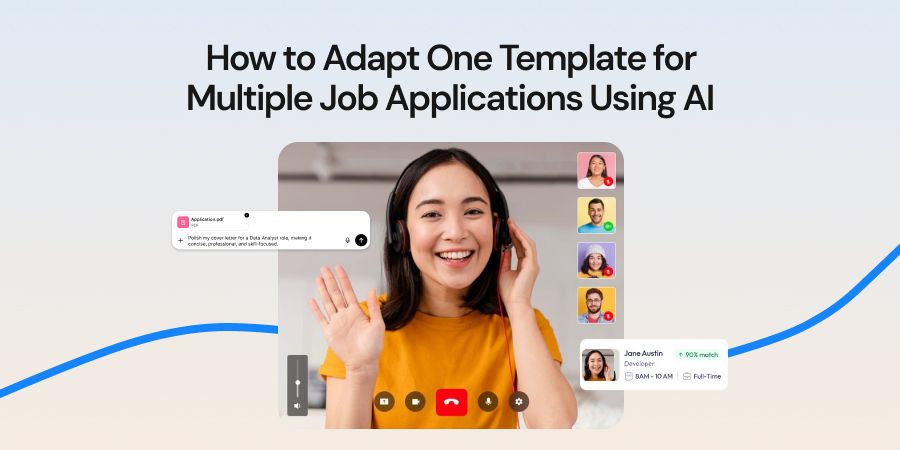
How to Adapt One Template for Multiple Job Applications Using AI
If you’re applying for more than a handful of roles, you need a base cover letter structure you can adapt fast — but “base” doesn’t mean “lazy copy-paste.” The whole point is to have reusable bones that still let you swap in details that make each letter feel tailored.
Here’s how to make it work:
1. Build your “core” sections
The safest reusable elements are your header (name, contact details) and your closing paragraph (as long as it’s role-agnostic and confident). Keep these locked, so you’re not reformatting every time.
2. Create adaptable body segments
Your opening hook, skills section, and company connection paragraph should be flexible. This is where AI chat earns its keep — feed it the job posting, paste your base letter, and tell it: “Replace all role/company references and examples so it feels written for this specific position.”
3. Swap role and company references strategically
Don’t just swap “Company A” for “Company B.” Swap the industry context, the achievements you highlight, and the tone. A letter for a customer-facing role should sound warmer; a technical role should be sharper and more precise.
4. Adjust tone for industry expectations
Corporate finance hiring managers expect formal polish; creative agencies often reward personality and quirk. AI can suggest tone shifts while keeping structure intact.
Example:
-
Base sentence: “I’m eager to bring my skills into a team where results are measured and celebrated.”
-
Adapted for marketing agency: “I’m eager to bring my skills into a team that thrives on creative wins and measurable impact.”
ATS Optimisation: Writing for Recruiters and Software
A perfect cover letter that never makes it past the ATS might as well be perfect wallpaper. If you’re applying online, you need to think about Applicant Tracking System (ATS) optimisation without turning your letter into a keyword dump.
Step 1: Extract the right keywords
Use AI chat to paste in the job description and ask: “List the exact keywords and skill phrases ATS will scan for in this posting.” You’ll get terms like “data analysis,” “project coordination,” or “client onboarding.”
Step 2: Integrate keywords naturally
Place these terms where they make sense in your letter. If the posting lists “budget tracking” as a requirement, you might say:
“Managing our student society’s annual events gave me hands-on experience in budget tracking and vendor negotiation, two skills directly relevant to this role.”
Step 3: Balance human readability with machine parsing
ATS systems scan for exact keyword matches, but recruiters will still read your letter. Avoid lists that read like a skills dump. Instead, embed keywords into achievement-based sentences.
Step 4: Format for clean parsing
Use simple fonts, clear headings, and avoid complex formatting or embedded images. ATS software often strips these out, which can leave your letter unreadable. AI chat can check formatting compatibility for common ATS platforms.
Step 5: Keep sentence structure clean
ATS parsing can misread overly complex sentences. Use clear subject-verb-object structure where possible. This doesn’t mean writing like a robot — it means avoiding walls of dependent clauses that confuse parsing logic.
Real, AI-Enhanced Cover Letter Examples for No-Experience Applicants
When you lack formal work history, the cover letter becomes your stage. It’s where you show that transferable skills, initiative, and the ability to learn can be just as valuable as years of direct experience.
Below are three in-depth examples, each written for a different no-experience scenario, showing how to blend personal achievements with the keywords and structure that work for both recruiters and Applicant Tracking Systems (ATS).
I’ve also included the Chatly-style prompt you could use to recreate or adapt them for your own situation.
Example 1: High school graduate applying for a retail role
Role context: Sales Associate at a high-traffic fast fashion retailer. The job ad highlighted customer service, POS, inventory, teamwork, weekend shifts, and strong communication skills.
AI prompt:
“Write a cover letter for a high school graduate applying to a Sales Associate role in retail. Use school fundraising and event management to demonstrate customer service, POS accuracy, inventory awareness, and teamwork. Include keywords: customer service, POS, inventory, teamwork, weekend shifts.”
Cover letter:
Liam Carter
London, UK • +44 7XXX XXXXXX • liam.carter@email.com
Hiring Manager
[Company Name]
I am applying for the Sales Associate position at [Company], confident that the event experience I gained during school directly aligns with the fast-paced retail environment you describe. Over the past three years, I managed the merchandise table at our annual charity fundraisers, serving more than 500 visitors per event. I processed sales through a POS system, balanced cash at the end of each shift, and kept lines moving without errors — skills that translate directly to your store’s checkout process.
Stock control was just as critical. I tracked sizes, updated counts during rushes, and coordinated with other volunteers to restock quickly, ensuring customers always found what they were looking for. That work sharpened my attention to detail and taught me to anticipate needs before they became problems. Your posting emphasizes teamwork and weekend availability; I have both, along with the focus and energy to maintain standards under pressure.
I would bring a customer-first mindset, strong organisational habits, and the willingness to learn your processes quickly. Thank you for considering my application. I would welcome the chance to discuss how I can contribute to a positive and efficient in-store experience.
Example 2: Career changer moving into marketing
Role context: Marketing Coordinator at a B2C tech company. The posting called for campaign coordination, content creation, analytics, social media, cross-functional collaboration, and CRM experience.
AI prompt:
“Write a cover letter for a career changer moving from hospitality to marketing. Translate hospitality achievements into campaign coordination, customer insight, content production, and basic analytics. Include keywords: campaign coordination, content, analytics, social media, collaboration, CRM.”
Cover letter:
Emily Thompson
Toronto, Canada • +1 (416) XXX-XXXX • emily.thompson@email.com
Hiring Manager
[Company Name]
My shift from hospitality to marketing is driven by one constant — I’ve always been fascinated by how audience insight shapes outcomes. Managing a 20-table section in a high-volume restaurant meant serving up to 180 guests per shift, resolving issues before they escalated, and aligning with kitchen and events teams to ensure service was seamless. Those same skills — collaboration, timing, and audience understanding — are the foundation of campaign coordination.
During my last year in hospitality, I launched a small community page on Instagram, producing short how-to videos and carousel posts. In four months, the account grew to 4,000 followers. I tracked reach, saves, and comments in spreadsheets, tested variations in captions and visuals, and adjusted content based on performance data. The process mirrored analytics-driven content optimisation — small-scale but real enough to prove the method works.
Your posting notes the need for social media strategy, sales team collaboration, and CRM-led engagement. I’ve experienced similar workflows, aligning with teams to push priority offerings, reduce delays, and increase customer satisfaction. I am ready to bring this operational discipline, customer insight, and data-informed decision-making to your marketing projects. I would be glad to discuss how I can contribute to campaigns that are both creative and measurable.
Example 3: Fresh graduate applying for an internship
Role context: Data Analyst Intern at a logistics company. The ad emphasized Excel, dashboards, data cleaning, SQL, problem solving, attention to detail, and communication skills.
AI prompt:
“Draft a cover letter for a fresh graduate in Economics applying to a Data Analyst Internship in logistics. Highlight a capstone project using Excel and SQL, data cleaning, dashboards, and weekly stakeholder updates. Include keywords: data cleaning, Excel, SQL, dashboards, problem solving, attention to detail, communication.”
Cover letter:
Muhammad Bilal Hussain
Islamabad, Pakistan • 03XX-XXXXXXX • mbh@example.com
Hiring Manager
[Company Name]
I am applying for the Data Analyst Internship at [Company] because the role’s focus mirrors the work I enjoyed most in my Economics capstone. For three months, I analysed transport delay data from multiple sources, cleaning and standardising fields before merging them into a single dataset. Using SQL, I joined tables and applied filters to ensure accuracy, then built Excel dashboards that visualised delay patterns by route and time of day.
Each week, I delivered a one-page summary to my advisor, linking visuals to actionable recommendations, such as adjusting route schedules or buffer times. This practice developed my ability to communicate data in a clear, non-technical way — a skill I know is critical in a logistics environment where operational teams make rapid decisions.
Your posting calls for problem solving and attention to detail. I work methodically, document every step, and treat data integrity as non-negotiable. I am eager to contribute reliable outputs while learning from experienced analysts. I would welcome an interview to walk through my project and explore how I can support your data objectives.
Using AI to Go from “No Experience” to Job Interview
No experience does not mean no value. Recruiters care less about the years you’ve worked and more about whether you can think clearly, communicate well, and adapt quickly. A cover letter is your chance to make that case in a way your resume can’t.
The strongest no-experience cover letters:
-
Open with a role-specific, non-generic hook.
-
Turn school projects, volunteer work, or side initiatives into proof of relevant skills.
-
Integrate role keywords naturally so they pass both recruiter and ATS checks.
-
Stay concise, clear, and easy to read — one page, well-formatted, no filler.
AI chat tools like Chatly give you speed and precision by:
-
Pulling essential keywords from job postings.
-
Suggesting role-specific phrasing to align your background with the ad.
-
Refining tone, structure, and formatting without losing your voice.
If you have no formal work history, stop apologising for it. Focus on what you do have — transferable skills, measurable wins, and the motivation to contribute from day one. Every line in your letter should answer one question for the recruiter: Can this person add value here?
With the prompts and examples in this guide, you can build a cover letter that is specific, confident, and impossible to confuse with anyone else’s turning “no experience” into a compelling reason to call you in.
Frequently Asked Questions
Answers to common questions on making a no-experience cover letter using AI chat, that stands out.
More topics you may like
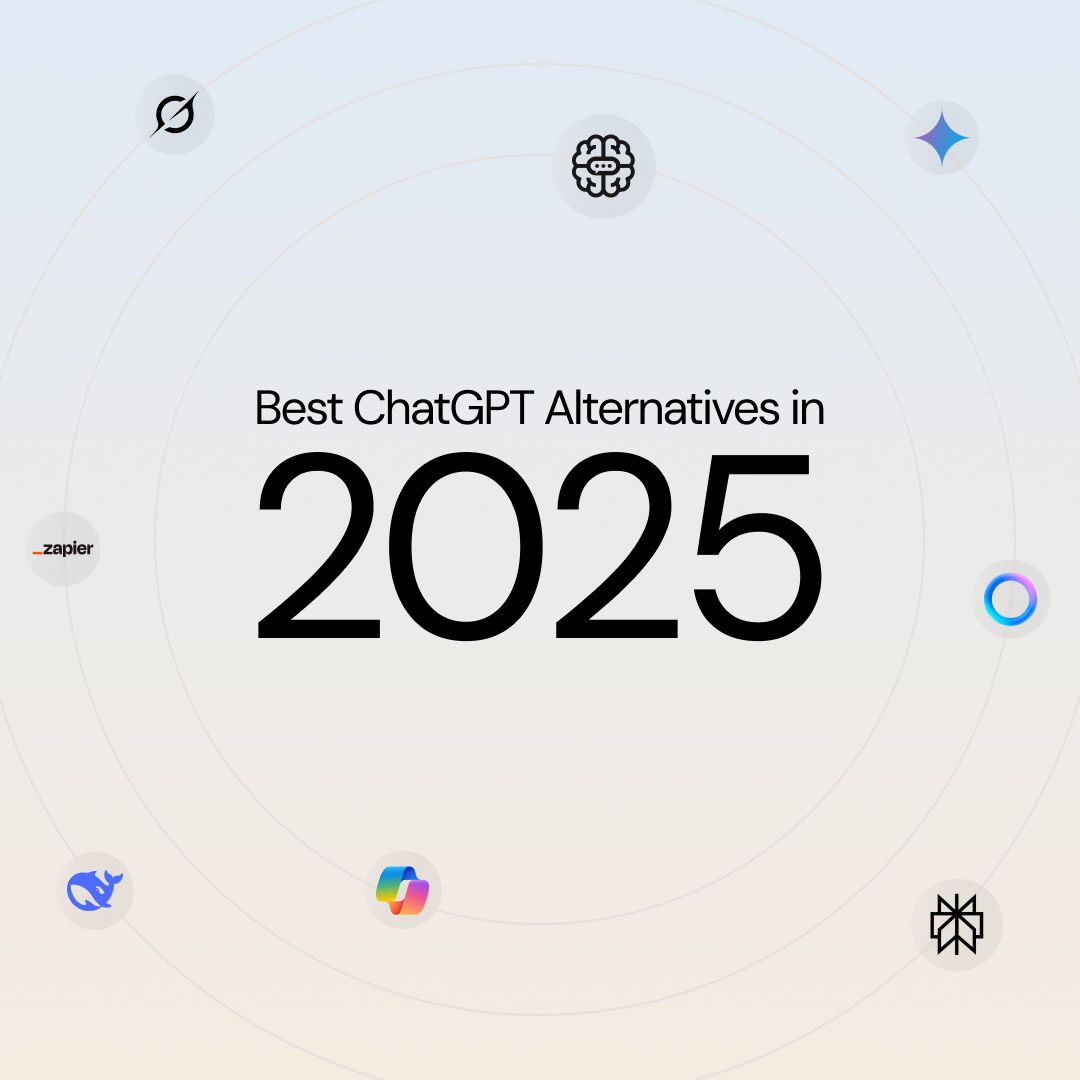
11 Best ChatGPT Alternatives (Free & Paid) to Try in 2025 – Compare Top AI Chat Tools

Muhammad Bin Habib
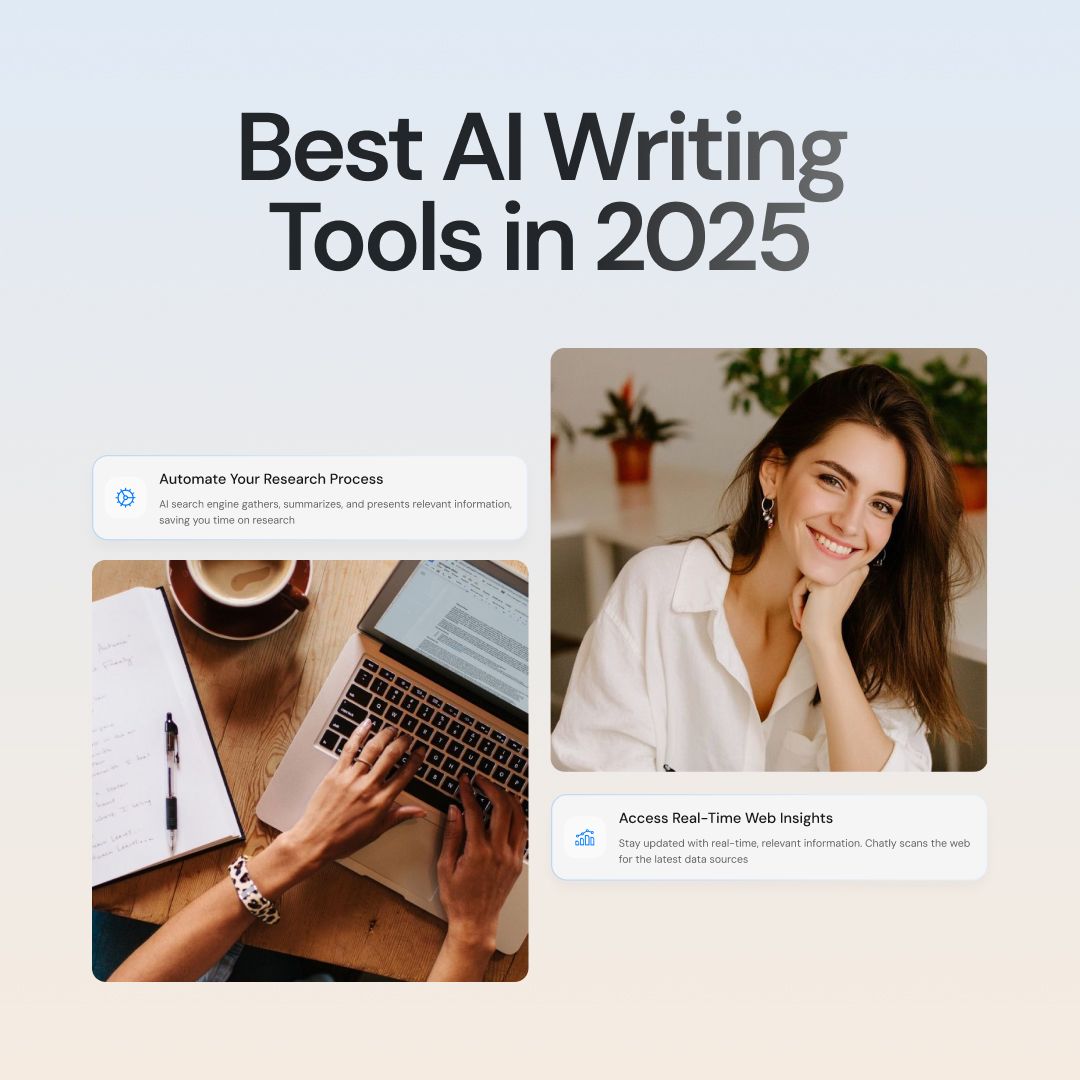
Best AI Writing Tools That You Can Use in 2025 (Free & Paid)

Muhammad Bin Habib
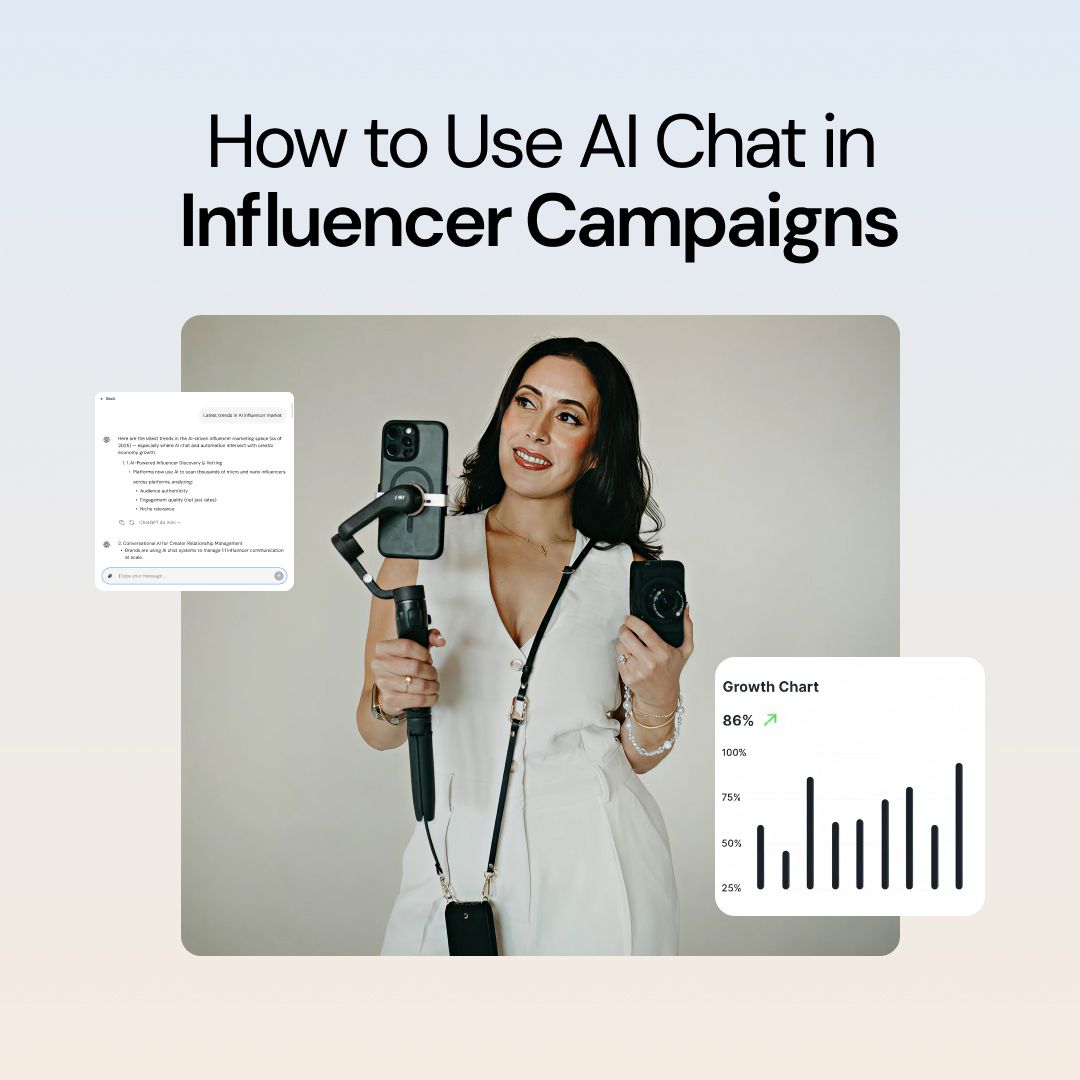
How to Use AI Chat for Influencer Campaigns in 2025

Muhammad Bin Habib
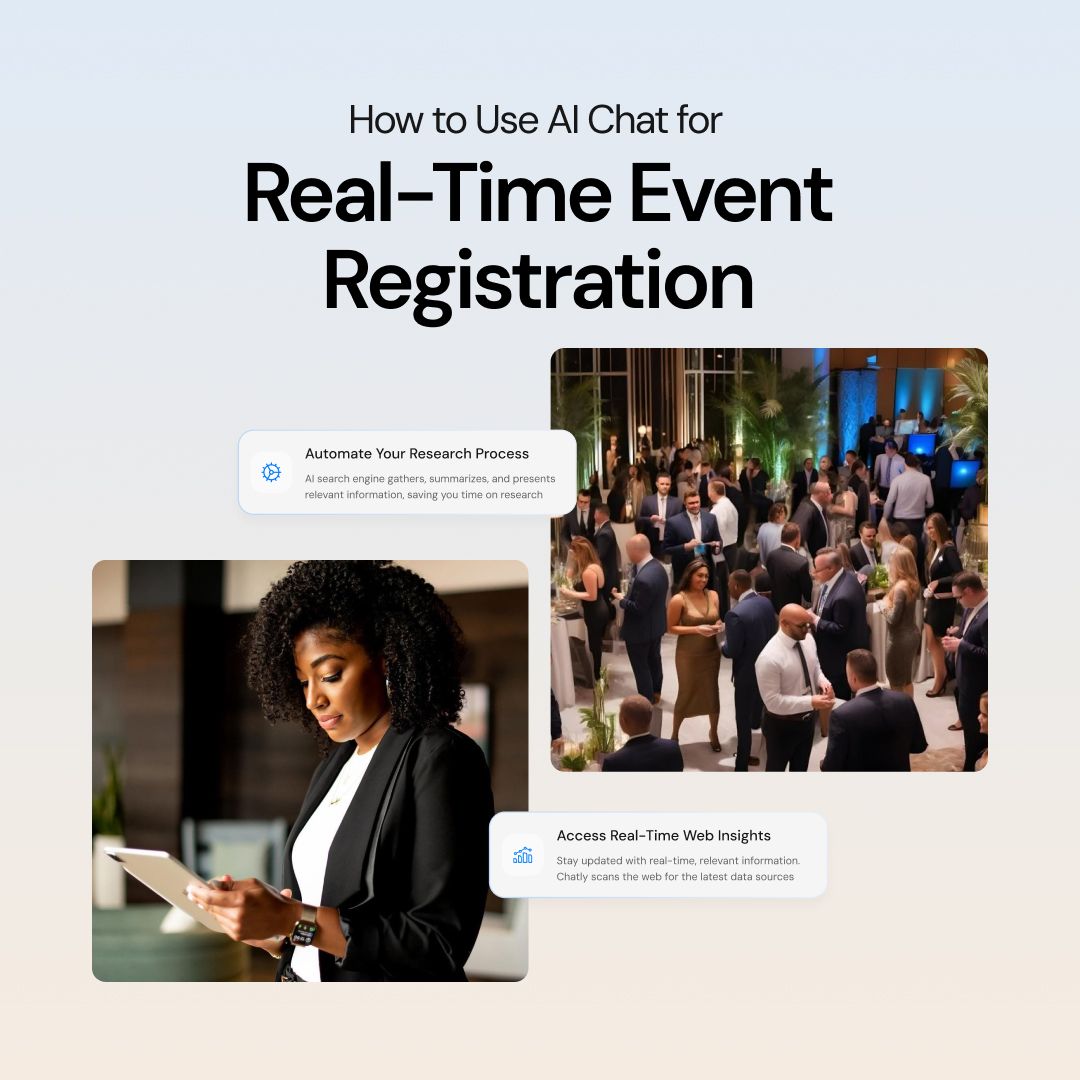
How to Use AI Chat for Real-Time Event Registration with Chatly

Muhammad Bin Habib
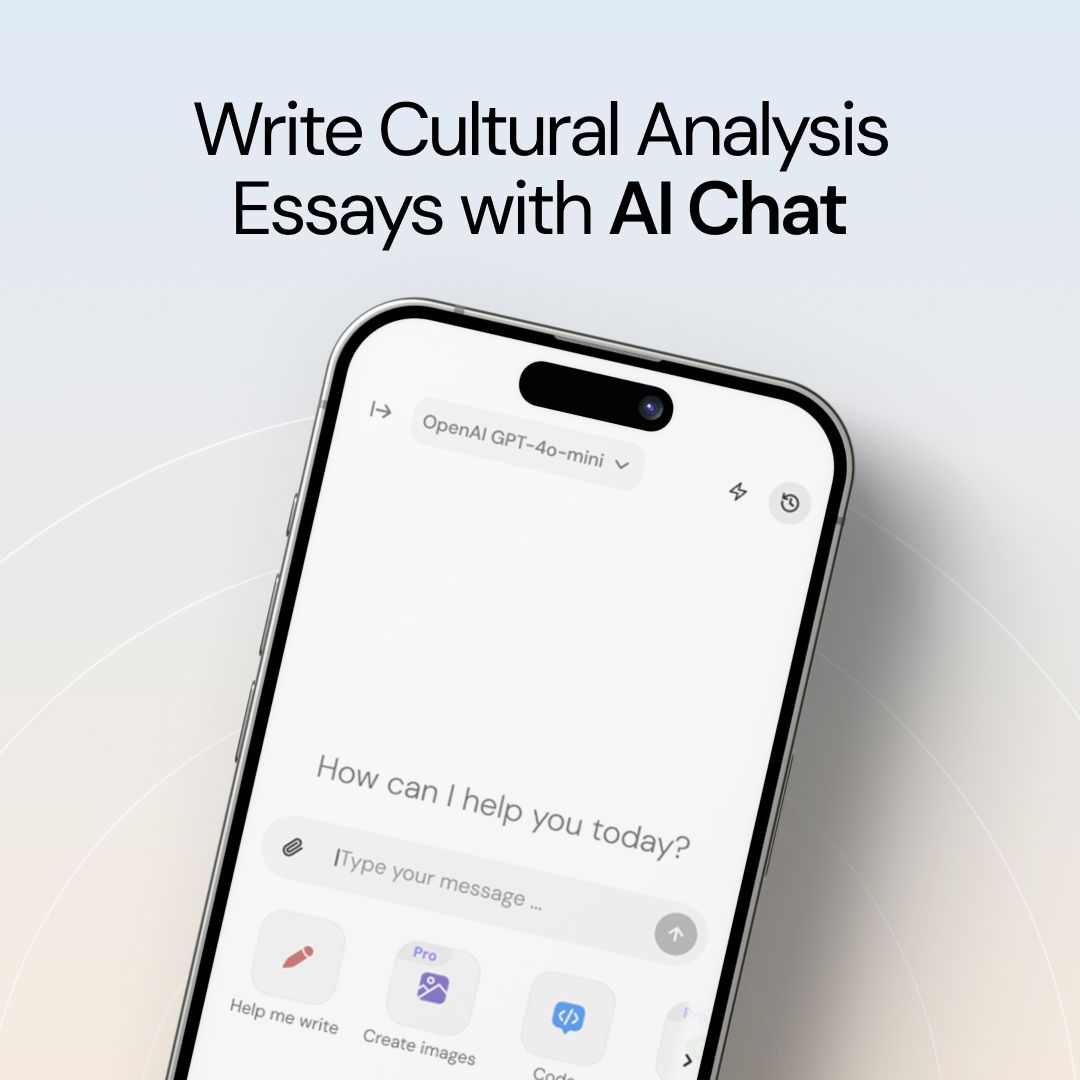
How to Write Cultural Analysis Essays Using AI Chat

Faisal Saeed
